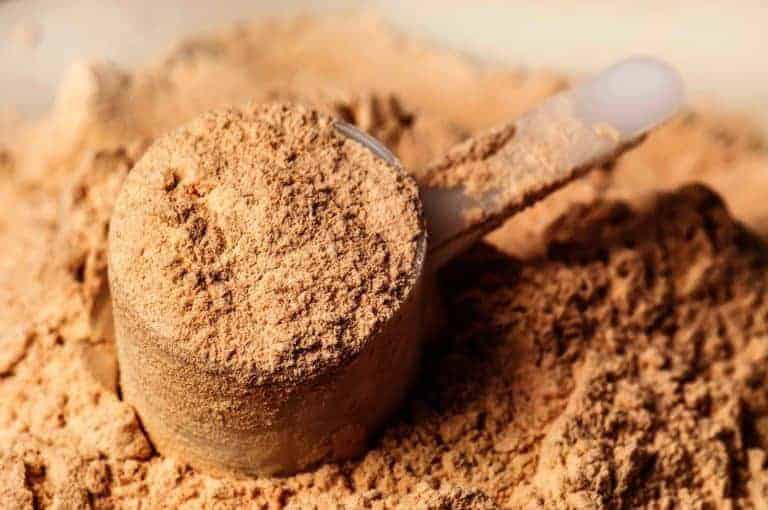Cold Air and Lung Health
Researchers at Oklahoma State University (OSU) recently completed a study on airway cooling and mucosal injury during cold weather exercise. Using the Thoroughbred racehorse as a model, scientists found that even cantering in sub-freezing

















